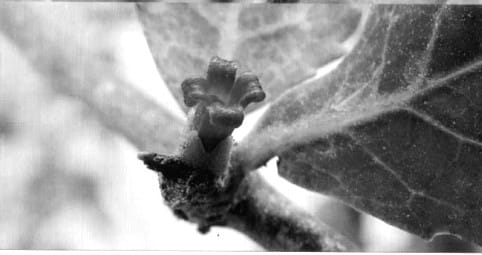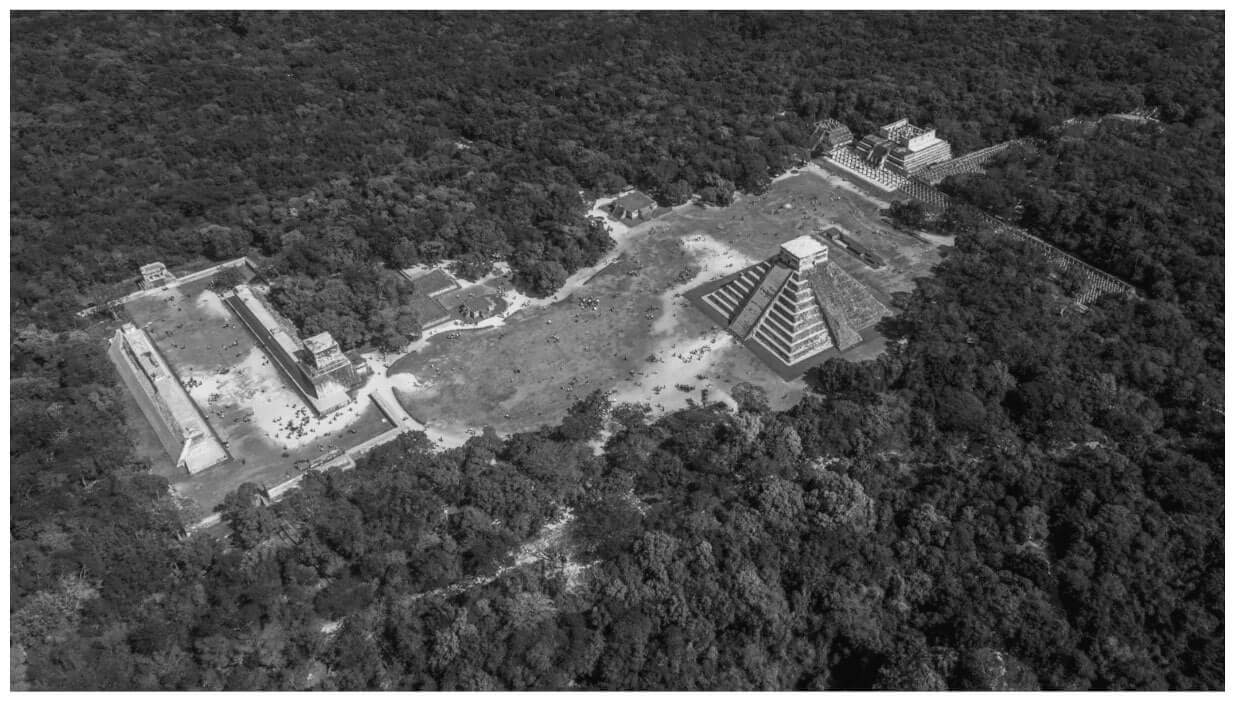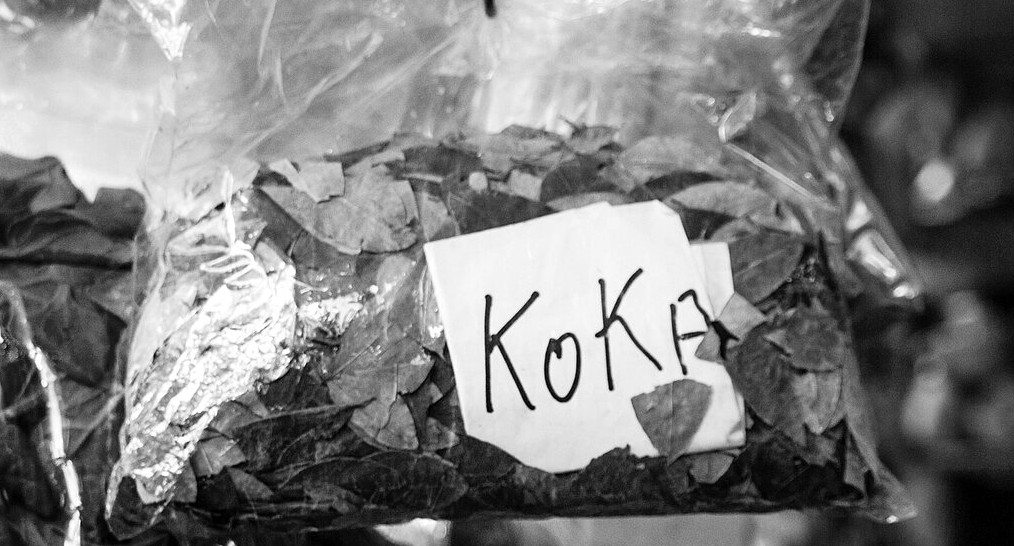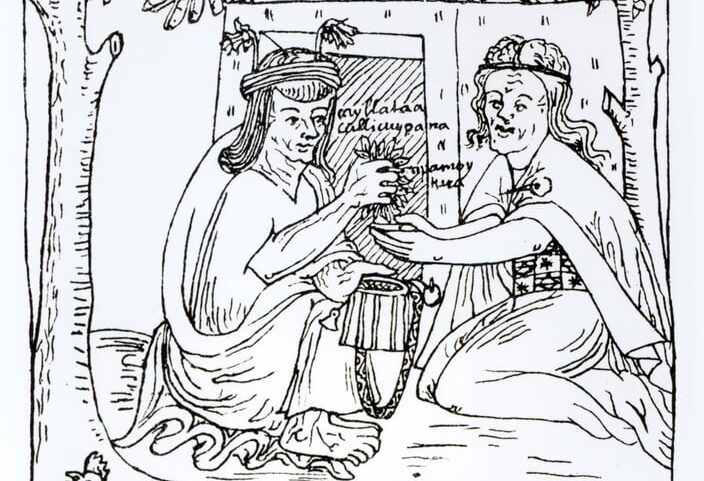Guggal. A fragrance known to the west since Biblical times, with medicinal properties known to Indians for long before that. Shivam Tiwari shares with earthstoriez the benefits of this natural product beyond its nice smell.
In this Article

Family: Burseraceae
Common species of myrrh trees – Commiphora: The generic name is derived from Greek ‘kommis’ and ‘phora’ meaning gum bearer.
Commiphora myrrha or Commiphora molmol – Somali: molmol (resin)
Commiphora mukul, Commiphora wightii – Hindi: guggul
Commiphora erythraea – sweet myrrh
Commiphora kataf – baisa bol, bhesa bol, or bissa bol
Sanskrit: Mahisaksha, Guggulu, Amish, Pilanksha and Pur
Hindi: gugal, guggal, guggul, gugul, guggulu, gugguthatr or mukul myrrh tree
English: Indian bdellium tree, false Myrrh.
Guggal – Fragrance of the Gods
Guggal or Myrrh, is a substance that is used for most religious functions for a very good reason – it smells heavenly!
Commiphora is the most species-rich genus of flowering plants in the frankincense and myrrh family.
Habitat and Distribution

The genus contains approximately 190 species of shrubs and trees, distributed over the tropical regions of Africa, the western Indian Ocean islands, the Arabian Peninsula, India and Vietnam.
Guggal or Commiphora wightii grows wild in the arid and semiarid regions of Northwest and central India and Pakistan and it is the most used type of Guggal for medical uses in the subcontinent.
It is a shrub or small tree, with thin papery bark and can reach maximum heights of up to 4-5 m. It bears very small red flowers and green oval fruits which turn red upon maturation.


For most of the year, the plant has no leaves, making it difficult to tell whether it is dead or alive. They are slow-growing but can live up to several decades in favorable environments.
In India, Guggal is found in Rajasthan Rakhal and Gujarat. In Gujarat, it is mostly found in Kutch. In Kutch there are two species of Guggal – Commiphora wightii, locally known as Kharo Guggal and Commiphora stocksiana, locally known as Mitho (Sweet) Guggal.
In Lakhapat taluka of Kutch, because of high abundance of Guggal plants, a thorn forest is known as ‘Gugaliyana’ (pronounced Gugariyana).

Traditional Guggal harvest in Kutch
Kharo Guggal is more widespread, while Mitho Guggal is limited to the hill range of Zara – Jhumara in northwestern Kutch. It is also present in the adjoining areas of Sindh in Pakistan.

It is highly valued for its gum/resin, which is used in both modern medicine and in aromatic products for its aromatic value.
Kutchi local villagers (usually from the Koli and Paradhi communities) use a very crude method of Guggal gum production/extraction.
Many others like him go to nearby thorn forests, pastures and scrublands to collect forest produce that they can sell to supplement their incomes. They leave home with a bag full of some tools, a little sugar and tea.
With worn out footwear often riddled with broken thorns, they walk for kilometers in the glaring sun, in search of Acacia senegal, Acacia nilotica and Guggal trees. The gum of these trees is collected by them and sometimes cuts made in the stem so that the gum can be collected next time.
If they come across a cattle herder and his herd grazing, they take some milk to make some tea. Seeking refuge from the dazzling sun under older Acacia and Prosopis cineraria trees, they gather some dry twigs and branches and light a fire. Using stones as support, they put a small vessel on the fire and make tea.
After relaxing in the refreshing restful shadow of the trees, they continue their search. A cut is made in the bark of the Guggal plant using a sharp tool. The cut is made on any plant young or old. The cut oozes resin which upon contact with atmosphere solidifies into gum.

Some Guggal collectors use Donkey/ Horse urine, it is applied on the cut as a stimulant to further the resin production. The person returns after a few days or a week and scrapes off the Guggal Gum into a container.
The gum is collected from all of the plants on which cuts have been made earlier. If any plants have been left or an area has been not harvested, then the tapping is carried out again, so that the gum can be collected afterwards.
After the hard work of various days, a few kg of the gum of different trees may be collected, some being left behind on the trees for next time.
The collected Guggal gum, usually amounting to a few hundred grams, sometimes around a kilo is sold to grocery shops in a nearby city. It is sold in the price range of Rs450-550/kg [and more].
ETHNOBOTANY/ETHNOMEDICINE: Guggal as Materia Medica
Ethnobotany is a multidisciplinary science that studies how people traditionally use plants – for food, clothing, shelter and their use for religious ceremonies and health care. Shivam Tiwari explains:
Medicinal plants have been used throughout human history. Almost 10,000 medical compounds have been isolated so far from many distinct plant species, estimated to be only 10% of the total medicinal compounds present in plants.
Traditional Herbal Medicine has been and is practiced in several parts of world where ethnic communities still live. Plants with known medicinal properties are found in every area and utilized by its local people.

India has a 3,000 years-old medicinal heritage base in the Ayurveda. Ancient texts have many references to medicinal plants and the systems of use more than 8,000 species of medicinal plants. There are over 25,000 herbal products documented in medical literature.
Guggal has been used in Ayurveda since its inception.
The medicinal usability and potency of Guggal gum lasts for approximately 10 -15 years. Guggal gum is seldom taken independently and is usually taken along with other ingredients in various medicinal concoctions.
The separate varieties of Guggal gum; each with different medicinal applications are discerned by color and age of the Guggal gum.
According to Ayurveda there are 5 types of Guggal gum –
Mahishaksha – Black colored similar to that of the Buffalo’s eye.
Mahneel – Extremely blue colored as suggested by the name.
Kumud – Bright white colored like the Lotus.
Padma – Red colored like that of Manikya.
Kanaka – Also known as Hiranya and has a golden color.
There are ample references to Guggul and its medicinal properties in ‘Sushruta Samahita’, as a remedy for rheumatism, obesity and atherosclerosis and such.
“Guggul is the best among herbs that are used for obesity and Vata disorders’
Charaka Samahita.
Medicinally, the gum was used in the treatment of almost every imaginable disease by Arabic, Indian, Chinese, Greek and Roman physicians.
There has been significant scientific research evaluating the benefits of Guggal gum. Studies have looked at Guggal’s ability to support healthy cholesterol levels and weight management, as well as the comfortable movement of the joints.
Excessive dosage or misuse can lead to 3 dryness of mouth, weight loss, impotency, skin disturbances. In these cases, saffron is said to be the antidote.

The extract from the gum resin is called gugulipid and contains an important constituent – guggulsterone. Guggulsterone is a plant steroid found in the resin of the Guggal plant.
Many pharmaceutical and Ayurvedic medicine companies make use of Guggal gum to make various products including Himalaya’s Guggul and Shuddha Gugggulu and Baidynath’s Yogaraj Guggulu and Triphala Guggulu.
Like myrrh, a closely related species, one of Guggal gum’s first and prevailing use today is as incense for sacred rites and fires. It is used both in agarbatti (incense sticks) and dhoop, the latter being more prevalent. The incense smoke is said to be an air cleanser and purifier.
A peculiar, ancient and now obsolete use of Guggal gum was to ensure adherence and increased strength of the lime mortar used in ancient fort walls in Kutch.
Guggal gum and Acacia gum was added to the lime when it was being prepared for application, while building fort walls or patching up of existing fort walls. Many of the structures built in this manner still stand strong at this moment.
Text and Pictures Shiwam Tivari.

Thank you very much for your knowledge Shiwam, hospitality and generosity.
The Tiwari family runs the unique CEDO Homestay for Birders is a place for Birders and Nature Lovers situated in the small village of Moti Virani in Kutch district of Gujarat in India.
And hey, food is lovely there too.
We love to use Guggal of Kutch: there’s a warmth in it, an earthy tone and a slight sweetness … is it vanilla?
It’s Guggal, with a hint of spice, with a cinnamon-like kick – quite smoky (well, duh).
Note:
This post does not contain medical advice.
Please ask a health practitioner before trying therapeutic products new to you.
If you do wish to experiment, we suggest doing further research.
~ ○ ~
Keep exploring:


